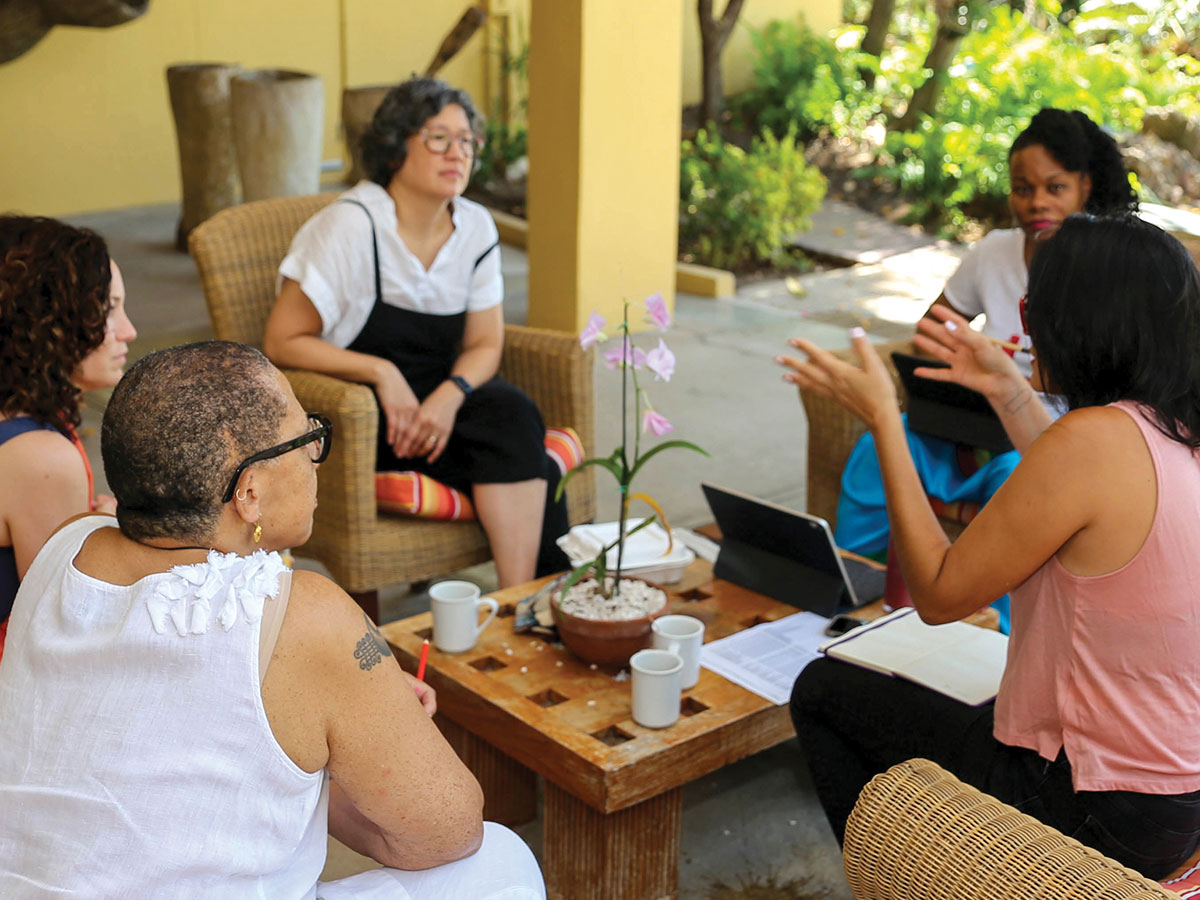I Don’t Believe in Common Applications, But Here’s a Quick Fix

In this Low Hanging Fruit periodic series, we explore small (and smallish) ways that grantmakers can tweak existing practices to make a big difference to nonprofit grantseekers and grantees. Do you have a piece of low hanging fruit you’d like to share? If so, email us at drstreamline@peakgrantmaking.org.
I’ve used a common application, as a grantseeker and as a grantmaker, and hated it both ways.
Let me be a little more specific: the form was fine, but figuring out how to squish and squeeze in the details of work I wanted funded – details I knew would be of interest to each specific funder – was more time-consuming than writing unique proposals. I could see the toll this took on applicants, too, and doubted the common form streamlined their work. Call me heretical, or show me a form that really works for both sides. Maybe I’m missing something.
Here’s one small way that grantmakers can satisfy the goal of a common application to allow nonprofits to minimize the original content they must create: make your online applications available to applicant organizations to copy and paste into other applications.
I do some volunteer grantwriting for a small community-based organization I care about. Recently I drafted an online request for funding for them. There were a lot of questions and the grantmaker wanted a broad and deep array of information about the organization (history, governance and staffing, decision-making, structure, partners, fiscal planning, fundraising and constituency) and its work (issues, goals, impact, timeline, and evaluation). Completing the application took a substantial amount of time and I thought it was kind of a lot for a smaller organization and small amount of money. But I consoled myself with the thought that it would be worth the investment because the organization or I could come back in the future and use the info for other applications.
Except we can’t. Or at least we can’t just copy and paste. We can only print and retype.
And yes, I know, I could have created the application in Word first, then transferred, and saved the doc and used it in the future. But I didn’t, and you know why. Because I thought online systems were supposed to replace the old way of grantwriting, not add another two steps – creating a Word version of the online form, and then copying and pasting into the form. Right?
Folks, we have to do better.
Does your online system allow applicants to easily recycle parts of the application? If not, what would it take to make this possible? Let’s demand that our systems enable this sensible practice, and make this a standard feature to save time and aggravation all around. If you can’t accommodate this right away, please consider adding a notice at the top of your application, encouraging users to first create a Word version that they can save for future re-use in other grant requests.
For more on best practices for online systems, check out Project Streamline’s Online Applications and Reporting in the Guide to Streamlining Series and the Consumers’ Guide to Grants Management Systems from the Technology Affinity Group and Idealware.
Do you have a piece of low hanging fruit you’d like to share? If so, email us at drstreamline@peakgrantmaking.org.


